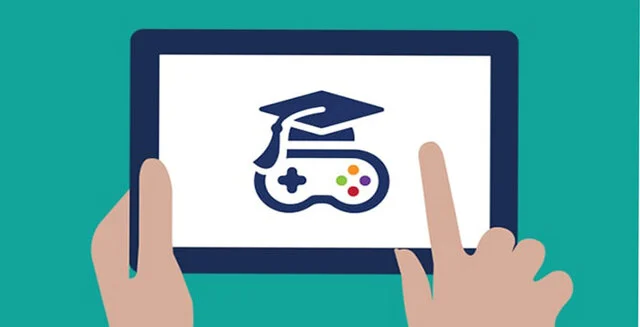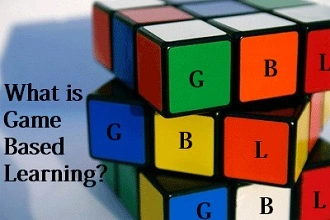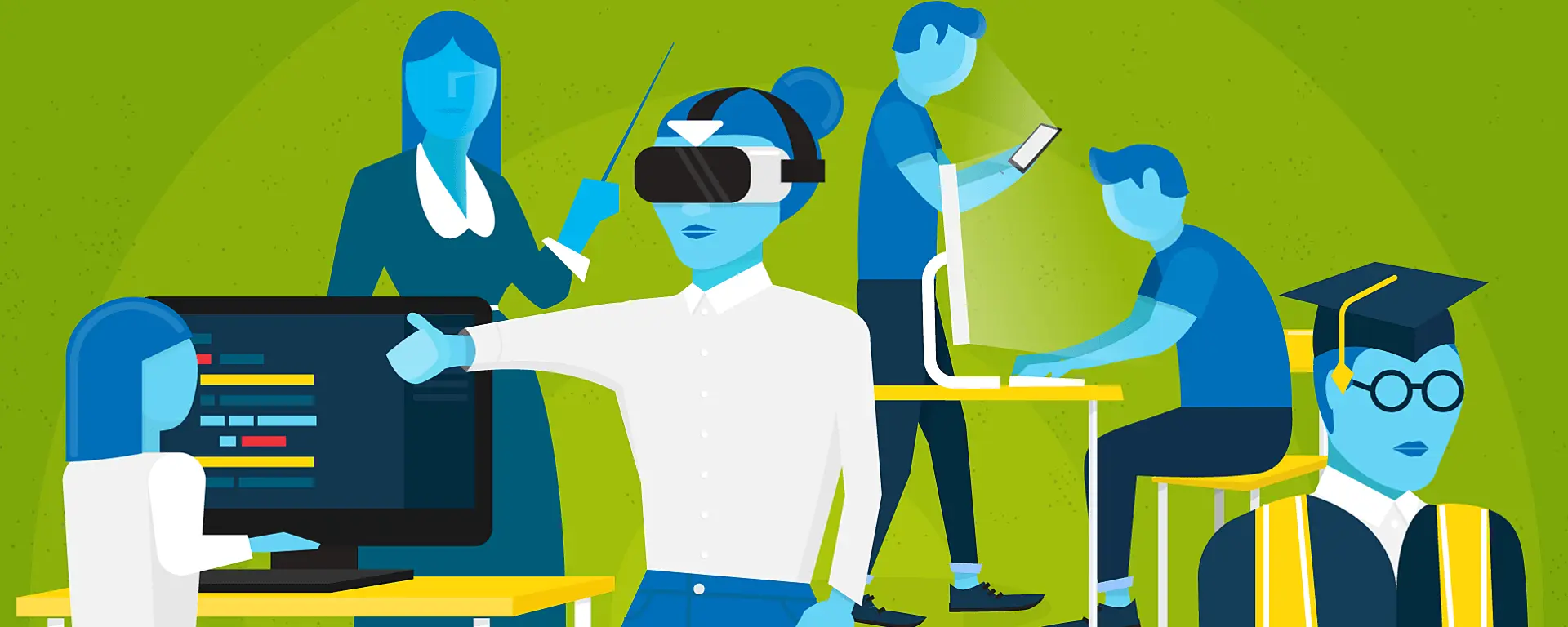
New and creative ways to involve students and improve learning results are always emerging in the ever-changing field of education. Game-based learning is one such approach that is growing in popularity. Having worked as a professional blog writer for 15 years, I can attest to the approach's transforming potential. We will discuss what game-based learning is, its advantages and disadvantages, its various forms, how it differs from gamification, and give real-world instances of game-based learning in action in this blog.
What is Game-Based Learning?

A method of teaching called "game-based learning" (GBL) uses games to enhance the learning experience. It entails employing instructional games to impart particular knowledge, abilities, or concepts. These games can be anything from easy online tests to intricate role-playing games and simulations. Using games' interactive and immersive qualities, game-based learning aims to increase student engagement and effectiveness.
Benefits of Game-Based Learning

1. Increased Engagement
Students' curiosity and attentiveness are naturally piqued by games. The competitive and interactive aspects of games encourage students to actively engage in the learning process.
2. Enhanced Retention and Understanding
Active learning, which is encouraged by game-based learning, has been demonstrated to increase knowledge retention and comprehension. Students are more likely to retain what they learn when they actively engage with the material.
3. Development of Critical Skills
Decision-making, strategic thinking, and problem-solving abilities are frequently needed in games. Game-based learning activities help to develop and reinforce these vital skills.
4. Immediate Feedback
Instant feedback is a feature of many educational games that helps players recognize their mistakes and grow from them right away. Performance is enhanced and learning is reinforced with the aid of this real-time feedback.
5. Collaboration and Social Skills
Playing cooperative and team-based video games helps pupils work together and communicate. Students are encouraged to collaborate, exchange ideas, and hone their social skills through these games.
6. Adaptability
It is possible to modify game-based learning to accommodate various learning speeds and styles. By customizing games to each student's unique needs, teachers can create a more individualized learning environment.
Potential Drawbacks of Game-Based Learning
1. Resource Intensive
The creation and application of game-based learning may need a lot of resources. In certain educational environments, time, money, and technology resources may not be readily available.
2. Overemphasis on Fun
The emphasis on making learning enjoyable runs the risk of overshadowing the objectives of education. It's crucial to make sure the games' instructional material always takes center stage.
3. Potential for Distraction
If games are not closely watched over and managed, they can occasionally become a distraction. Students may pay more attention to the gaming element than the instructional goals.
4. Limited Scope
Not every subject or ability can be taught well with game-based learning. It could be challenging to explain some abstract or difficult ideas through games.
5. Technology Dependence
Because game-based learning is so dependent on technology, it may not be an option for schools or communities in areas with poor access to digital infrastructure and resources.
Types of Game-Based Learning

1. Digital Games
These are video or computer games created especially with education in mind. They might be anything from straightforward tests to intricate role-playing games and simulations.
2. Board Games
Conventional board games can be modified for educational purposes, offering a tactile, hands-on learning environment.
3. Simulation Games
Students can use their knowledge and skills in a safe and controlled setting by playing simulation games that replicate real-world circumstances.
4. Role-Playing Games
Students are forced to take on roles in role-playing games (RPGs) and make decisions according to those roles, which promotes empathy and critical thinking.
5. Puzzle Games
Puzzle games push pupils to think critically and solve issues, which improves their cognitive abilities.
Game-Based Learning vs. Gamification
Gamification is the use of game-like aspects in non-gaming environments, whereas game-based learning uses actual games to teach. To boost motivation and engagement, gamification could entail incorporating leaderboards, badges, and points into conventional learning exercises. While both strategies seek to increase student engagement, they vary in how they go about doing so.
Examples of Game-Based Learning in Action
1. Kahoot!
A well-liked software called Kahoot! lets educators make interactive games and quizzes for pupils. It is frequently used to review material and gauge comprehension entertainingly and interestingly.
2. Minecraft: Education Edition
A popular game called Minecraft is used as a teaching tool by Education Edition, a game-based learning platform, to teach subjects including coding, history, and mathematics. Students use their knowledge in a creative and immersive setting as they create and explore virtual worlds.
3. Classcraft
With Classcraft, students may play a role-playing game in the classroom, collaborating in groups to accomplish objectives and get prizes. It promotes cooperation, involvement, and constructive conduct.
4. CodeCombat
A platform called CodeCombat uses games to teach coding to users. Students learn programming fundamentals through interactive, hands-on projects where they create code to control characters and solve riddles.
5. SimCityEDU
An educational version of the well-known city-building game SimCity is called SimCityEDU. Students can use their knowledge in a virtual world while learning courses like economics, social studies, and environmental science.
Conclusion
With many advantages for pupils, game-based learning provides an exciting and captivating method of instruction. Even if there may be some disadvantages, using game-based learning well can greatly improve the educational process. To get the most out of this novel approach, educators should carefully assess the resources at their disposal as well as the learning goals.
Ready to transform your classroom with game-based learning? Explore the examples mentioned and start integrating game-based learning into your teaching strategy today. Try Our E-Class blog for more insights, tips, and resources on innovative educational practices. Let's make learning fun and effective together!